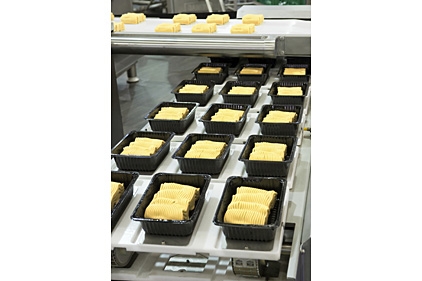Allied Development Corp., Minneapolis, released a study that says 2012 industry sales totaled $9.8 billion for packaging that food processors use for products that are sold to foodservice outlets.
The study, “U.S. Foodservice Packaging 2013-2017,” does not include packaging that is sold directly to foodservice outlets, such as clamshells for fast food hamburgers or for leftovers or trays and lids for takeout food. The study also projects that sales of foodservice packaging items within the United States will reach $11.5 billion by 2017.
The total market value of foodservice packaging will increase at an average annual rate of 3.3% through 2017, slightly faster than the projected 2.3% per annum increase in the volume of foodservice packaging unit sales during the same time period. Several factors are contributing to the growth in the projected total value of foodservice packaging as compared to its projected volume growth. These factors include the requirement for more costly barrier materials to protect more sophisticated food products, the increased popularity of ethnic food combinations that require special packaging solutions, the emergence of flexible pouches as an alternative to the venerable and less expensive No. 10 can for certain food product categories and an overall increase in the cost of packaging materials.
Primary packages, the packaging that comes into direct contact with food products, lead all categories of foodservice packaging when value is used as the basis of measurement. The study reports that primary packaging accounted for 67% of the total value of all foodservice packaging shipments in 2012.
The report provides detailed market data for several hundred end-use categories of foodservice packaging, such as primary packaging, closures, secondary and tertiary packaging. It reveals, for example, that the beverage industry (i.e., manufacturers of milk, fruit drinks/juices, etc.) is the largest end-use category, generating more than 68% of domestic annual expenditures for primary packaging that is used for foodservice applications. Due to its relative maturity, the beverage category is expected to grow more slowly than other end-use market segments, at 1.5% per year through 2017.


